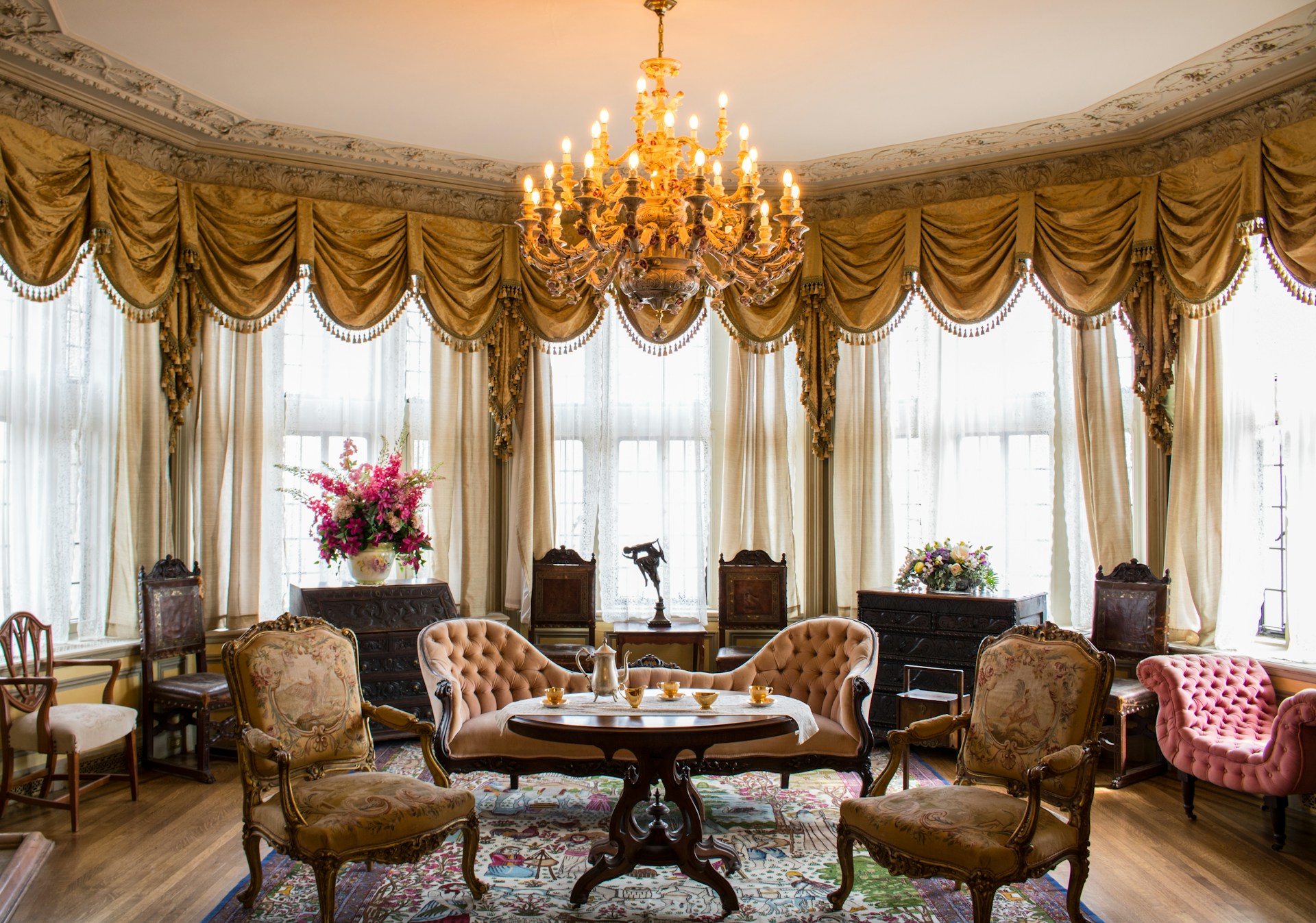The Timeless Appeal of Classic Interior Design
Table of Contents:
- Key Takeaways
- Introduction to Classic Interior Design
- The Elements That Define Classic Elegance
- Furnishings and Decor in Classic Interior Design
- Lighting and Its Impact on Classic Design
- Modern Adaptations of Classic Style
- The Psychology Behind the Timelessness of Classic Design
- Economic Benefits of Choosing Classic Design
- Classic Design in Different Room Settings
Key Takeaways:
- Discovering the fundamental aspects of classic interior design that ensure its enduring popularity.
- How classic design principles have been adapted for a contemporary audience while maintaining their timeless allure.
- Understanding the long-term economic and practical benefits of incorporating classic design elements into modern homes.
Contents
Introduction to Classic Interior Design
Immersed in the history of art and architecture, classic interior design celebrates tradition and timeless beauty. Defined by its adherence to symmetry, proportion, and balance, classic style often involves a harmonious blend of antiques with luxurious materials. This approach creates interiors with a profound sense of history and grandeur, intersecting beautifully with the lives of contemporary inhabitants. Recognized for its enduring qualities, classic interior design offers insights into how spaces can be aesthetically captivating and deeply comforting. When contemplating the creation of such timeless spaces, individuals frequently seek inspiration from professionals in the field, such as those found through expert resources on interior design.
The Elements That Define Classic Elegance
Any exploration of classic elegance must begin with the backbone of this design ethos: symmetry. Furniture placement that mirrors on either side of a central point imbues a room with an air of formality and grace. Color is another essential component, typically encompassing a spectrum of subtle neutrals or rich, subdued hues that create a backdrop for other elements to shine. In estate sales, delving into classic textures, one finds the gleam of polished wood, the cool smoothness of marble, and the delicate weave of fine textiles. These elements create an ambiance characterized by a sense of order and enduring sophistication.
Furnishings and Decor in Classic Interior Design
Furnishings in a classic interior command respect for their historical references and craftsmanship. Each piece, be it a Chesterfield sofa, a mahogany dining table, or a hand-knotted Persian rug, tells a story of artisanal tradition. Decorator accents such as gilded mirrors, vases filled with fresh flowers, and hand-painted ceramics contribute to the room’s narrative, weaving a rich tapestry of design that echoes the past. Art and antiques hold a place of honor within classic design, selected not merely as adornment but for the dialogue they create within the space.
Lighting and Its Impact on Classic Design
Lighting is the invisible hand of interior design, influencing mood and emphasizing a room’s best features. Classic design appreciates the transformative power of lighting, often embodied in statement pieces such as ornate chandeliers or wall sconces that provide both a soft glow and a sculptural element. The incorporation of task and accent lighting further tailors the illumination to the room’s specific requirements while harnessing the beauty of natural light, which remains a priority, drawing attention to the timeless architectural details that are hallmarks of the style.
Modern Adaptations of Classic Style
As the world evolves, so does our interpretation of classic design principles. Modern sensibilities have led to a marriage of past and present, where sleek lines and innovative materials are introduced into traditional settings. This rejuvenation of classic interior design ensures its appeal to a new generation, facilitating a dialogue between eras. Upholstered furniture in contemporary textiles, modern art pieces, and updated color schemes exemplify this bridging of history with the dynamic influences of today.
Economic Benefits of Choosing Classic Design
Investing in classic design is not just a decision of style—it is a strategic economic choice. The enduring nature of classic elements implies that once an interior is set, only minimal updates are required, insulating owners from the rapidly fluctuating design trends. High-quality materials and workmanship often mean these pieces endure far longer than their contemporary counterparts. Homes featuring timeless aesthetics attract potential buyers, contributing positively to property appraisals and market desirability.
Classic Design in Different Room Settings
Classic design’s adaptability is evident in its application across diverse room settings. Classic elements provide a versatile foundation, Whether the majestic ambiance desired in a large living room or the tranquil retreat necessary in a bedroom. Designers can manipulate scale, color, and detail to align the principles of classic design with the functional needs of each space, ensuring a seamless connection throughout the home while catering to the unique atmosphere each room is intended to evoke.

